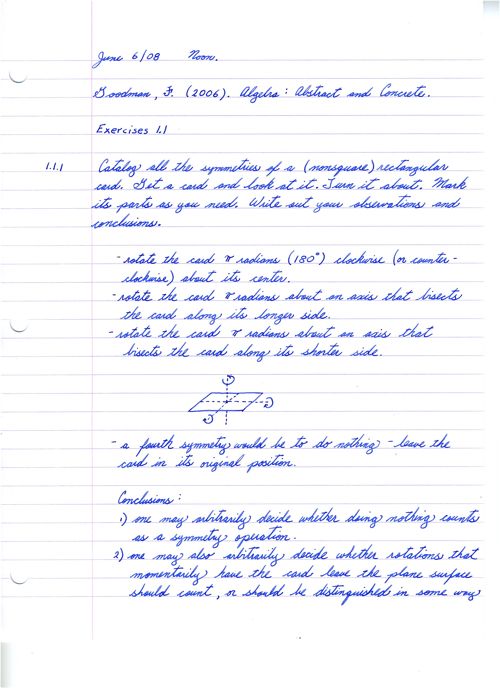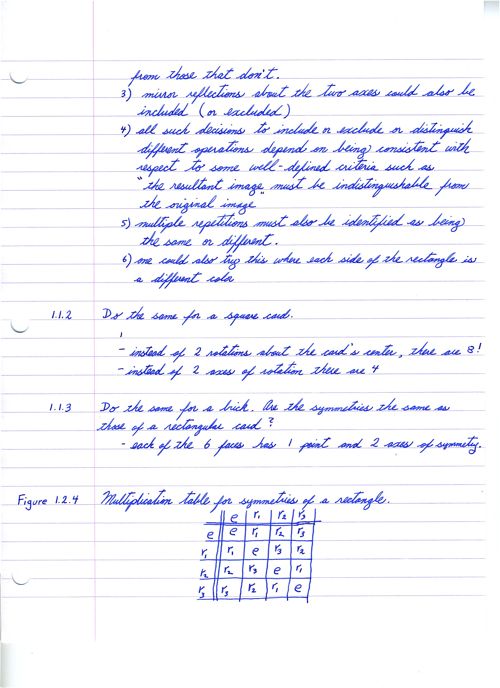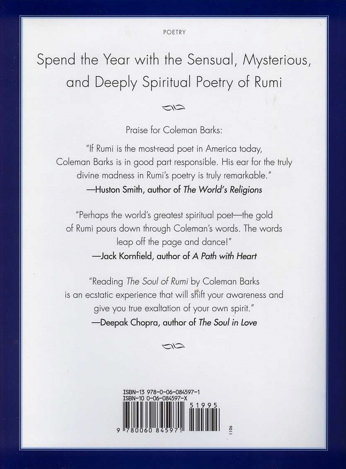
Home
Journals 2008
Year to Date
January
February
March
April
May
June
July
August
September
October
November
December
Time Tables 2008
Year to Date
January
February
March
April
May
June
July
August
September
October
November
December

Year to Date
January
February
March
April
May
June
July
August
September
October
November
December
Year to Date
January
February
March
April
May
June
July
August
September
October
November
December
It is +10 C with a high forecast of +14 C. Sunrise 5:25 Sunset 21:35 Hours of daylight: 16:10.
See current forecast here. See current news here.This page last updated on: Saturday, June 7, 2008 7:20 AM
I had a good nights sleep and am ready to go. I did my one-hour walk yesterday - now to keep it up.
I have coffee scheduled for 3 PM at Mojo's Pub &Grill. I will walk to there. I hope to have our first barbequed salmon of the year for dinner.
| Long Term Activities | Planned Activities for Today | Time Today | Cumulative Total |
|---|---|---|---|
| Cull professional articles | Review Psychology articles | 5 hr |
|
| Prepare pdf files of my papers | Digitize 3 professional papers | 4 hr |
|
| Digitize slides | Digitize slide collection | 10 hr |
|
| Put away stamps | 0 hr |
| Learning Category | Planned Activities for Today | Time |
|---|---|---|
| Literature | Begin morning with a Rumi reading | |
| Puzzles & Games | New York Times crossword puzzles | 1 hr |
| Literature | Continue reading "The Age of Shiva" by Manil Suri | 1 hr |
Mathematics |
Make a few notes on symmetry | 2 hr |
The goal today will be make notes for chapters 11 - 13 of Ronan's book "Symmetry and the Monster" and then continue the book.
|
I have spent the last hour looking at math books in both amazon.com as well as on my own shelves. At the moment I am still trying to reconcile two different notions. One is to improve my understanding and skill at using detailed, but conventional, mathematical notation related to set theory and abstract algebra (particularly fields, rings and groups). The other is to find a way of blending this format for making notes, with the special feature of a tan box that contains my personal comments and reflections, with that of handwritten activities. I am convinced that hand writing is an essential process. Let me try the following: handwriting with two colors of ink - my Pelikan fountain pen (fine nib) and Waterman's Florida Blue ink for math and a red pen for making on the spot comments and reflections. Then I can scan these pages onto this web site. The next step is to select the book that I want to focus on. I have deleted two books from the above table of resources. Both books were from the University library:
My choice began with 3 books, all of which looked quite good:
Further examination lead me to choose the Goodman text (which is downloadable from http://www.math.uiowa.edu/~goodman/algebrabook.dir/algebrabook.html ) The basic reason was the quote "The most important goal of this book is to engage students in the active practice of mathematics. Students are given the opportunity to participate and investigate, starting on the first page." [p. ix] The next step is to begin reading and then to make some handwritten notes, using blue ink for the activities and red ink for comments. |


An encouraging beginning to some serious mathematics. |
Tags: mathematics, symmetry
Books on the Go Today |
|
 |
 |
 |
see below |